Durian appears in Hanoi markets all year round. However, it has been a long time since our country’s “king of fruits” landed in the market on the occasion of Tet At Ty with super cheap prices, the best quality is only 40,000 VND/kg.
On the morning of the 5th day of Tet (February 2), sitting and opening a box of Ri6 durian with golden and fragrant flesh, Ms. Dao Thi Minh (in Trinh Dinh Cuu, Hoang Mai, Hanoi) boasted: "I just bought three ripe durians weighing 9kg for 390,000 VND. They are also grade A, each fruit has 5 segments."
According to Ms. Minh, this is a super cheap price, which has been seen for the past few years. Because, it is only about 43,000 VND/kg. Therefore, she bought a box of ripe fruit to open and store in the refrigerator to eat gradually.
In fact, durian is one of the main fruit crops in our country. In recent years, durian output has jumped from nearly 1 million tons to 1.45 million tons/year. Accordingly, in addition to domestic consumption, a large amount of this fruit is also exported to the Chinese market.
However, from 2022 until now, when Vietnamese durian was officially exported to China, the price began to increase sharply and remained at an extremely high level.
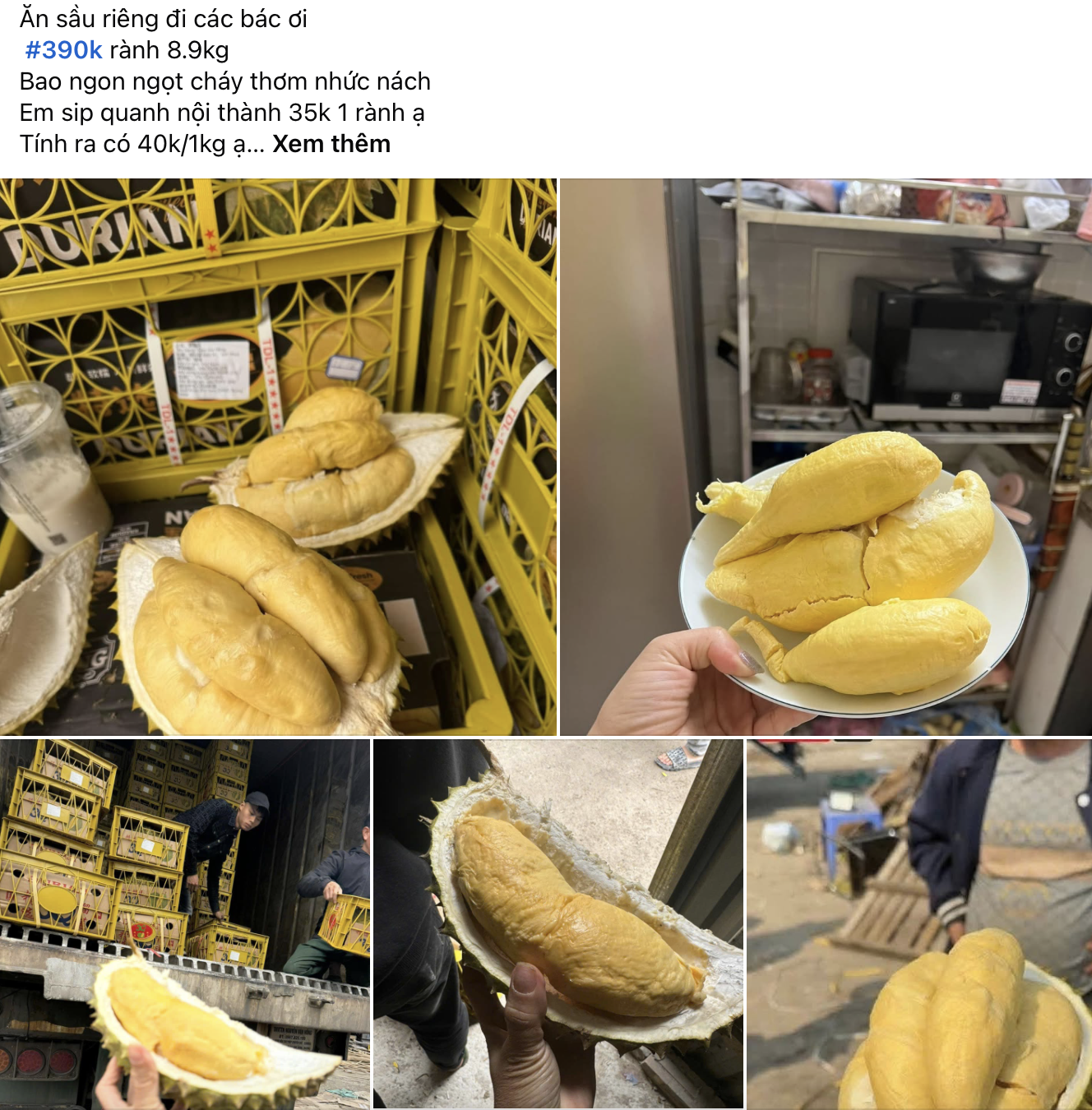
In major growing areas in the Central Highlands, the Southeast or the Western region, grade A durian in the peak harvest season is often sold by gardeners at prices ranging from 70,000-120,000 VND/kg. Off-season durian prices sometimes soar to 160,000-190,000 VND/kg.
With this price, durian becomes the "king of fruits" of Vietnam and pushes the selling price in the domestic market to sky-high, even super expensive levels.
In recent years, in stores, the price of premium grade A durian has skyrocketed to 160,000-250,000 VND/kg if bought whole. Durian pulp costs 400,000-850,000 VND/kg depending on the time.
Therefore, from a cheap fruit, the "king of fruits" has become a high-end product with an expensive price, not every family can buy it to eat.
However, during the Lunar New Year, at online fruit markets in Hanoi, durian suddenly appeared at super cheap prices.
Notably, traders advertise that these are all premium grade A products for export to China, and are now being sold at prices ranging from 350,000-390,000 VND/box of 3-4 fruits weighing about 8-10 kg.
This is the price that the shop owners only sell by the box, not by weight. The delivery price within Hanoi city is about 10,000-35,000 VND/order.
Mr. Phung Van Tan - a durian dealer selling durian at a price of just over 40,000 VND/kg in Thanh Xuan area (Hanoi) admitted that China has tightened inspection of yellow O substance on durian, his products do not have inspection certificates so he has to return to domestic consumption.
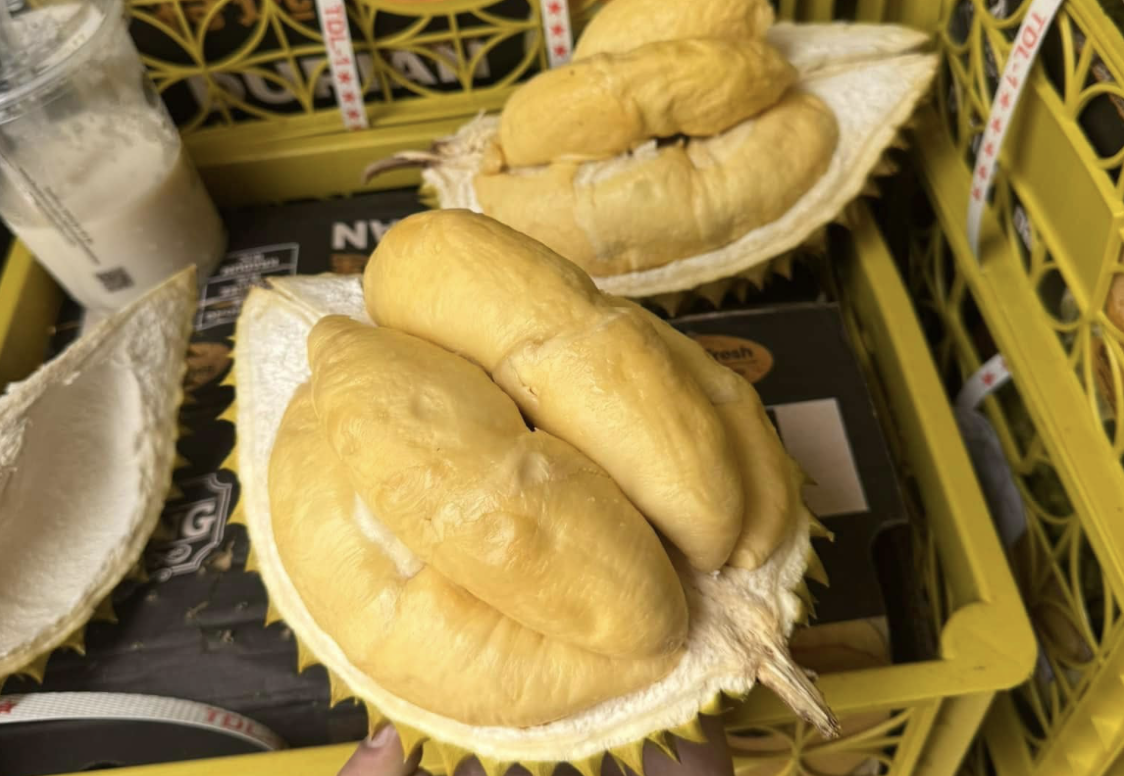
This is also the reason why since the morning of the 2nd day of Tet until now, he has had to sell 3 containers of durian (each container holds 16 tons of goods) in Hanoi and ship to the provinces. These containers are all Ri6 and Monthong durian, the selling price is the same.
“When harvesting and packing, we calculated that the goods sent to China would be ripe at the right time. Now, there is a delay due to the yellow O test, so we have to sell them immediately to avoid over-ripe durians, which would affect the quality of the rice,” he said. Therefore, this retail price is even cheaper than the price at the farm.
After selling out a container on the 4th day of Tet, on the morning of the 5th, Ms. Doan Thi Tuyen (in Tam Trinh, Hanoi) continued to open a container of Ri6 durian to sell at 380,000 VND/box of 3-4 fruits weighing 9-10kg.
“Yesterday, everyone was competing to buy the durian container because the price was so cheap. Some people ordered several boxes,” she said. Today, she and her staff sat down to order from 6 a.m. because people had returned to Hanoi to prepare for work after the long Tet holiday. Shippers were busy delivering goods from early morning.
Previously, according to information from the Vietnam Fruit and Vegetable Association, at the end of 2024, the General Department of Customs of China discovered that some shipments of Thai durian had yellow O residue. Immediately after that, China announced strict measures on imported durian. At the same time, it required that in addition to the Cadmium inspection certificate, durian imported into China must also have a yellow O inspection certificate.
Yellow O, also known as Auramine O, Basic Yellow 2 - BY2, is used as an industrial colorant. There is evidence that this substance causes cancer in animals and humans.
As a result, Chinese customs inspect 100% of imported shipments and it can take up to a week to clear them, disrupting our country’s durian exports.
Many shipments without inspection certificates had to be turned back. Some companies said they had temporarily stopped exporting durian to China to study and prepare documents to meet this new requirement.
The Vietnam Fruit and Vegetable Association has requested that the authorities quickly have more testing laboratories issue safety certificates, free of yellow O residue, to avoid disruptions in durian exports. At the same time, the association expressed its wish to be guided and issued a yellow O inspection certificate, as requested by the General Administration of Customs of China.
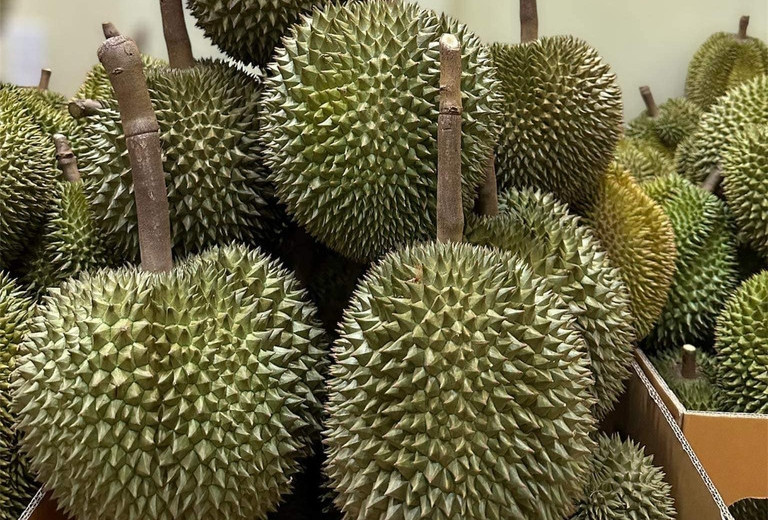
Source: https://vietnamnet.vn/vua-trai-cay-do-bo-cho-ha-noi-hang-thuong-hang-gia-chi-40-000-dong-kg-2367809.html




![[Photo] Prime Minister Pham Minh Chinh receives President of Cuba's Latin American News Agency](/_next/image?url=https%3A%2F%2Fvphoto.vietnam.vn%2Fthumb%2F1200x675%2Fvietnam%2Fresource%2FIMAGE%2F2025%2F12%2F01%2F1764569497815_dsc-2890-jpg.webp&w=3840&q=75)


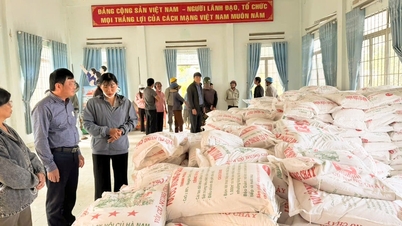

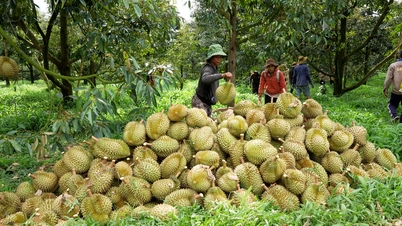

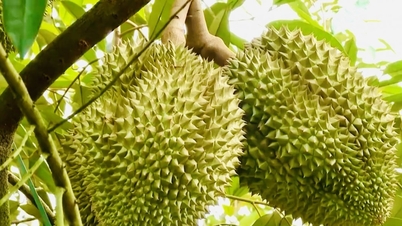
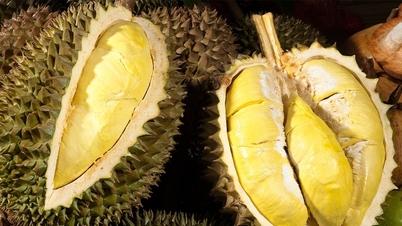
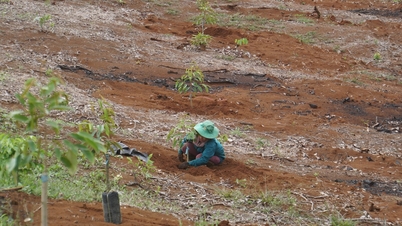
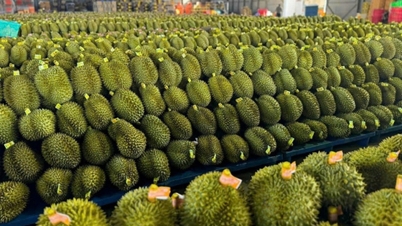










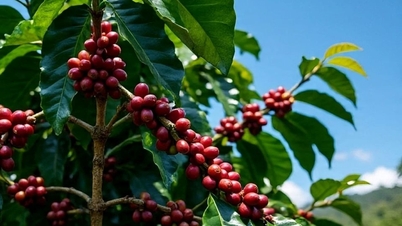


















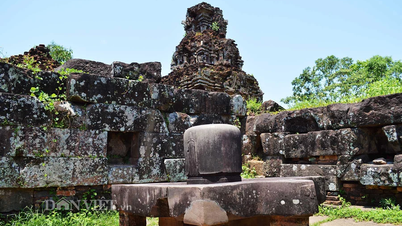



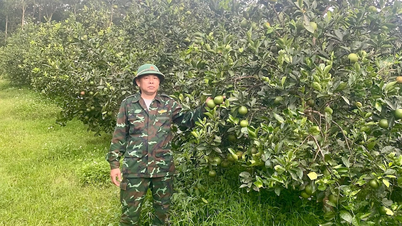





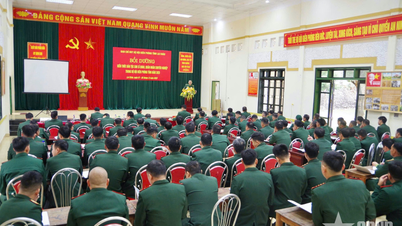



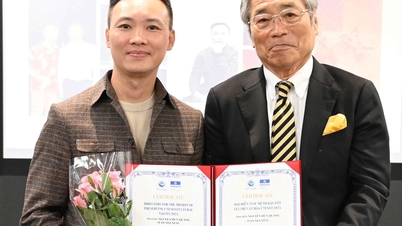
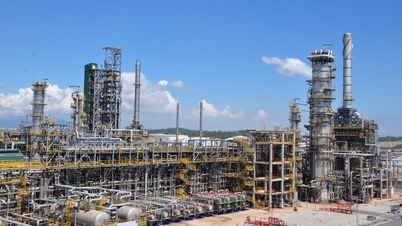



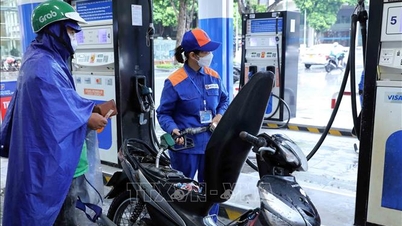


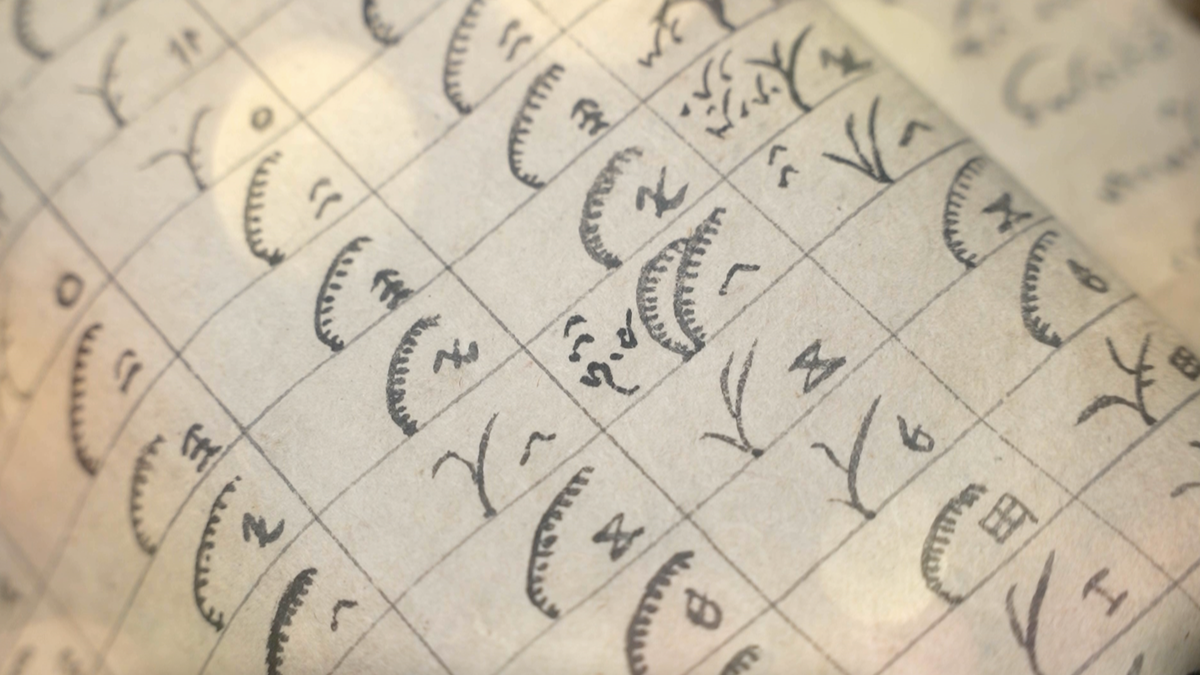





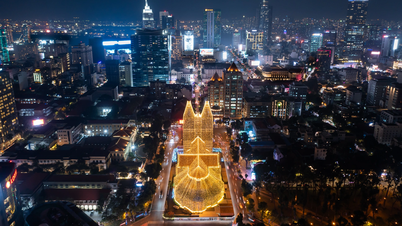














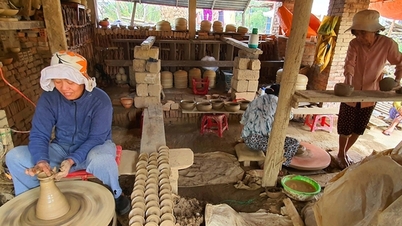




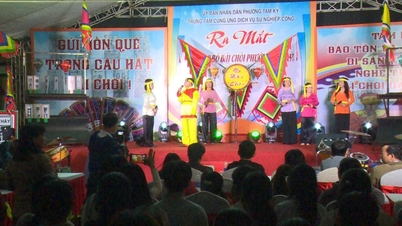










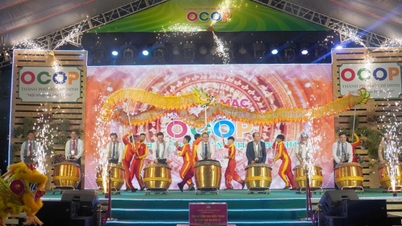





Comment (0)